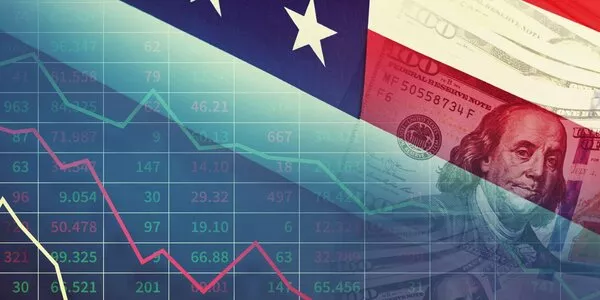
Weekly Update - Central banks likely reached the peak policy rate
The Fed and ECB both raised rates by a quarter point at their final meetings before the summer break. These hikes should be the last in the current tightening cycle - the fastest since the 1980s. Rates will now likely stay on hold for the next few months. Tighter policy has been accompanied by sharp falls in inflation on both sides of the Atlantic, but while growth has continued to boom in the United States, up to and including Q2 figures, in the euro area tightening has taken its toll activity.
Federal Reserve: a final 25 bp hike before a likely pause. The US central bank raised the target range for its funds rate by 25bp to 5.25-5.50%, a high since 2002, and stood by plans to shrink its balance sheet by USD 60 bn per month. At his press conference, Jerome Powell stressed that inflation and jobs figures published between now and September 20 would determine future monetary policy. He added that financial conditions remained restrictive and that “monetary policy is working about as we expect”. This decision comes against a backdrop of already falling inflation, with underlying inflation now also showing clear signs of easing amid resilient economic growth. Quarter-on-quarter growth figures for 2Q23 show GDP expanding at an annualized pace of 2.4%, amid sustained household consumption and a quickening revival in corporate investment. The US economy is clearly back to its pre-Covid health. Overall, given the gradual decline in underlying inflation and resilient activity and employment, we think the Fed will hold its policy rate at 5.5% through its next few meetings.
ECB: hints of a pause, inflation falling but economy stagnating. Bank also raised all policy rates by 25 bp, taking the deposit rate to 3.75% and the refi to 4.25%. It also maintained its pace of balance sheet reduction at EUR 15 bn per month. At the press conference, Christine Lagarde emphasized that the ECB would be keeping a close eye on underlying prices and on its Staff projections when deciding whether to hike or hold at the 14 September meeting. Otherwise, she struck a fairly neutral tone, saying it was an open question “whether we hike or whether we pause” in September. “But what I can assure you of is that we are not going to cut.” This was a widely expected decision with headline inflation now falling fast (5% in France and 6,2% in Germany) but underlying inflation proving stickier. Also, while, as in the US, the jobs market remains buoyant, the main zone economies are stagnant. French, German and Spanish GDP grew by 0,5%, 0% and 0,4%, respectively, in 2Q23, leaving the euro area economy ticking over at barely above pre-Covid levels. A gap has thus opened up between European economies and the United States. Domestic demand is much weaker in Europe as monetary policy is for the moment taking a heavier toll on European activity. Overall, given a gradual but accelerating decline in inflation and weak economic activity we think the BCE will hold its policy rate at 3.75% through its next few meetings.
Finally, in the main events of the week, we have chosen to talk about ECB bank credit survey and to focus on Bank of Japan monetary policy decision.




